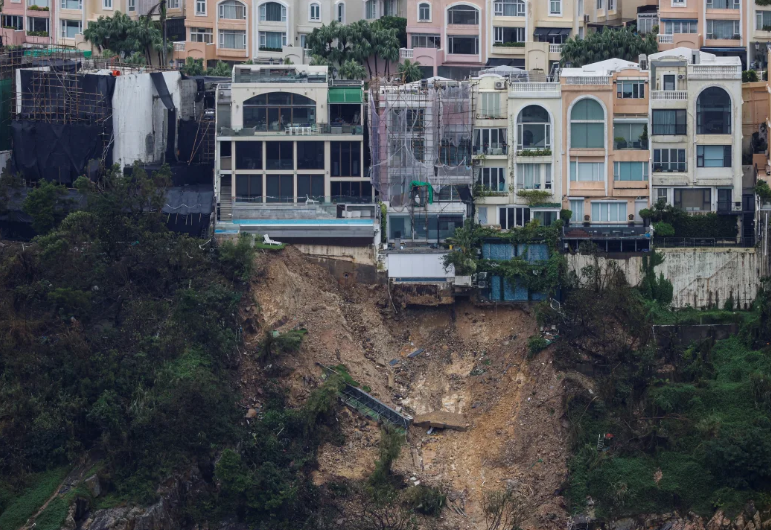
The cliffside location and unobstructed views of the South China Sea create excellent feng shui and provide the perfect antidote to the hustle and bustle of city life for its community of bosses, expats and celebrities.
But that very prime location worked against Redhill on September 8, when a storm brought the heaviest rainfall in nearly 140 years, wreaking havoc across Hong Kong.
Nowhere is safe from climate change
Two people were killed and more than 100 injured as more than 600mm of rain fell on the coastal city, flooding metro stations and turning streets into rivers.
The chaos was not limited to the flooded lowlands. At the edge of the cliff separating the Redhill Peninsula from the sea below, land gave way, leaving three millionaire homes perilously close to the edge and forcing evacuations.
In a city that just endured a record-breaking summer, the unprecedented rainfall — the result of the second storm to hit in a week — is a stark reminder of the threat posed by climate change and the extreme weather it brings.
But for residents of the Redhill Peninsula, it is also a reminder that climate change is rewriting the rules of what can be considered “safe” construction, and that even the most expensive, well-built homes can be compromised.
The city says it is investigating whether building code violations at some homes contributed to the problem. But whatever those investigations reveal, experts say extreme weather events like the one on September 8 will become more frequent, and that rich and poor alike will suffer the consequences, regardless of which rules they follow.
Benny Chan, president of the Hong Kong Institute of Architects, pointed out that Hong Kong has a long history of typhoons and heavy rains, and has “a lot of experience building these kinds of cliff-side houses.” He said there were strict safety standards in place to take into account landslides, so it would have been reasonable—at least until a few weeks ago—to expect a place like Redhill Peninsula to be safe from typhoons.
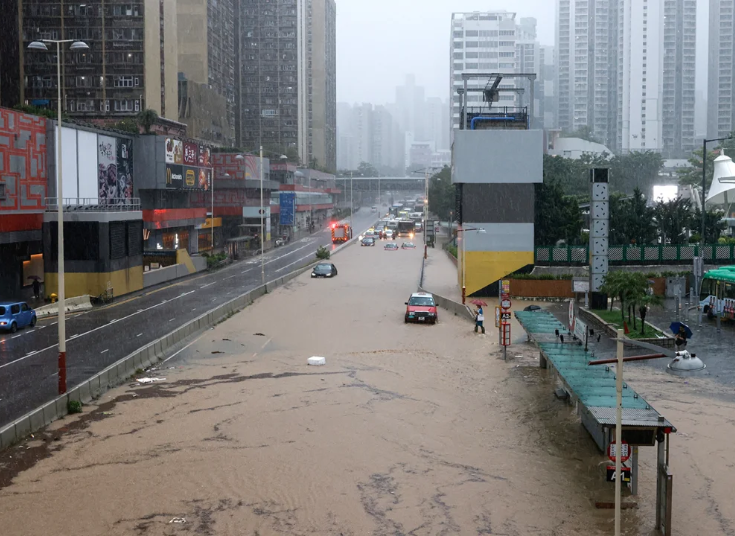
The rules no longer apply
But experts say the old rules may no longer apply, a sobering realization for anyone who has poured money into the Redhill peninsula – one of the most expensive residential areas in the world’s most expensive property market.
The properties here have the charm and character of the Malibu coast in Los Angeles. They have a distinct Mediterranean style, with alternating cream and pink colors, with rooms facing French windows overlooking Tai Tam Bay - a spacious shelter for luxury yachts.
The wealthy can spend $10 million to $20 million on a 700- to 11,000-square-foot home (and rent it for as much as $20,000 a month). Or at least they could before the recent downpour. Local real estate agents say the storm’s impact on property prices is a “sensitive” issue.
When CNN visited Redhill last week, sports cars and SUVs bearing Porsche, Land Rover and Ferrari logos were common vehicles passing through the palm-lined entrance.
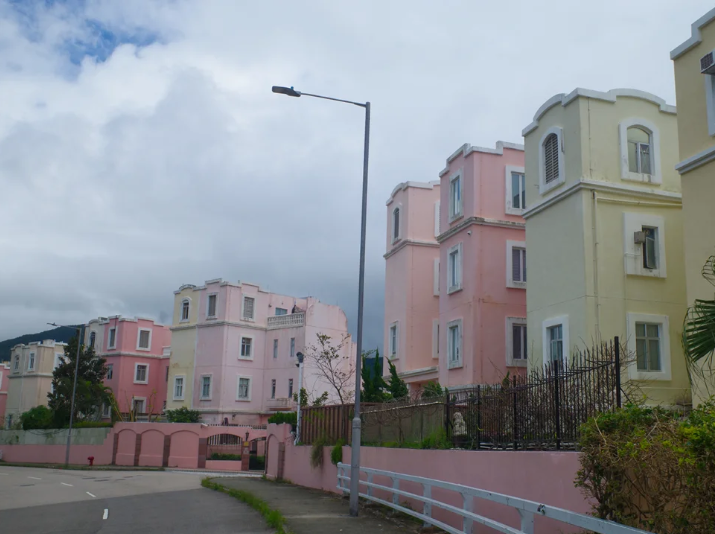
According to a real estate agent with more than two decades of experience selling real estate here, the county's real draw is its tight-knit community.
“There is an international school here and kids can go to each other’s houses after school,” said the agent, who spoke on condition of anonymity due to the sensitivity of the issue. She was referring to the Hong Kong International School, one of the city’s most prestigious schools.
The three houses most severely affected by the landslide were between 700 and 1,000 square meters in area, each worth up to $11.5 million.
Heavy rain is not unusual in Hong Kong, especially during the summer months. However, recent weather patterns have left many worried, with two typhoons sweeping through the region in less than two weeks.
Typhoon Saola made landfall in Hong Kong on September 1, the strongest storm to hit the city in five years. A week later, the remnants of Typhoon Haikui brought rain to Redhill, triggered dozens of landslides and left large areas of the city underwater.
Scientists say climate change will make such weather events more frequent, and some are urging the Hong Kong government to reconsider its response strategy.
Leung Wing-mo, former assistant director of the city’s weather observatory, told public broadcaster RTHK that rainstorms are becoming more unpredictable due to climate change. “Over the past few decades, record-breaking events have been happening more and more frequently… This is a clear sign that climate change is playing a role. In fact, climate change is making extreme weather more extreme,” Leung said.
Faced with that challenge, architects and building engineers are also calling on the city to reconsider standards set decades ago for hillside buildings, many of which are luxury villas.
Hong Kong experienced some of its worst landslides in the 1970s, including a series of residential building collapses in the city’s upscale Mid-Levels district that killed 67 people. The same heavy rain that triggered the Mid-Levels landslide in 1972 also caused a hill in Kowloon to collapse, killing 71 people.
A series of catastrophic incidents prompted the government at the time to reinforce slopes across the city, making Hong Kong one of the most resilient places to landslides and floods in the 20th century, said structural engineering professor Ray Su of the University of Hong Kong.
But some engineers worry that the old safety rules may no longer be effective enough. And complicating matters is the suspicion that some of the endangered properties in Redhill did not even comply with the old rules.
After the storm, government agencies discovered what they suspected may have been illegal alterations made to three Redhill properties that may have contributed to the disaster.
The issue has become so controversial that even city leader John Lee has weighed in, vowing that the government will investigate and prosecute anyone found to be violating building regulations.
Source






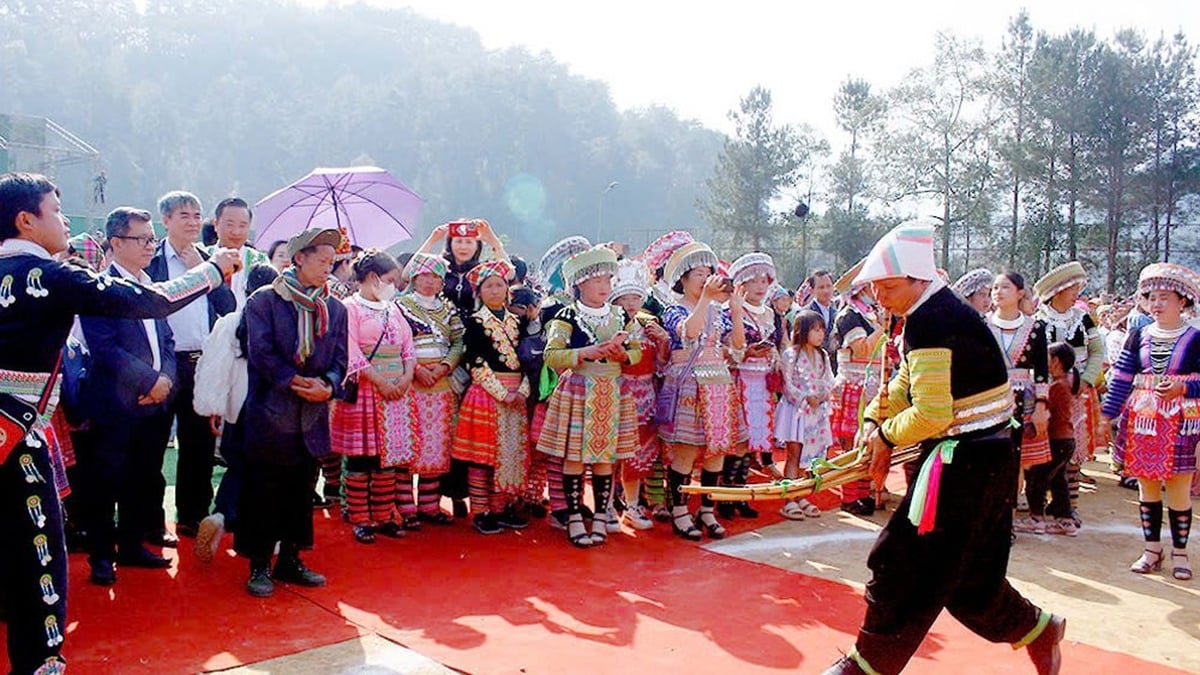

















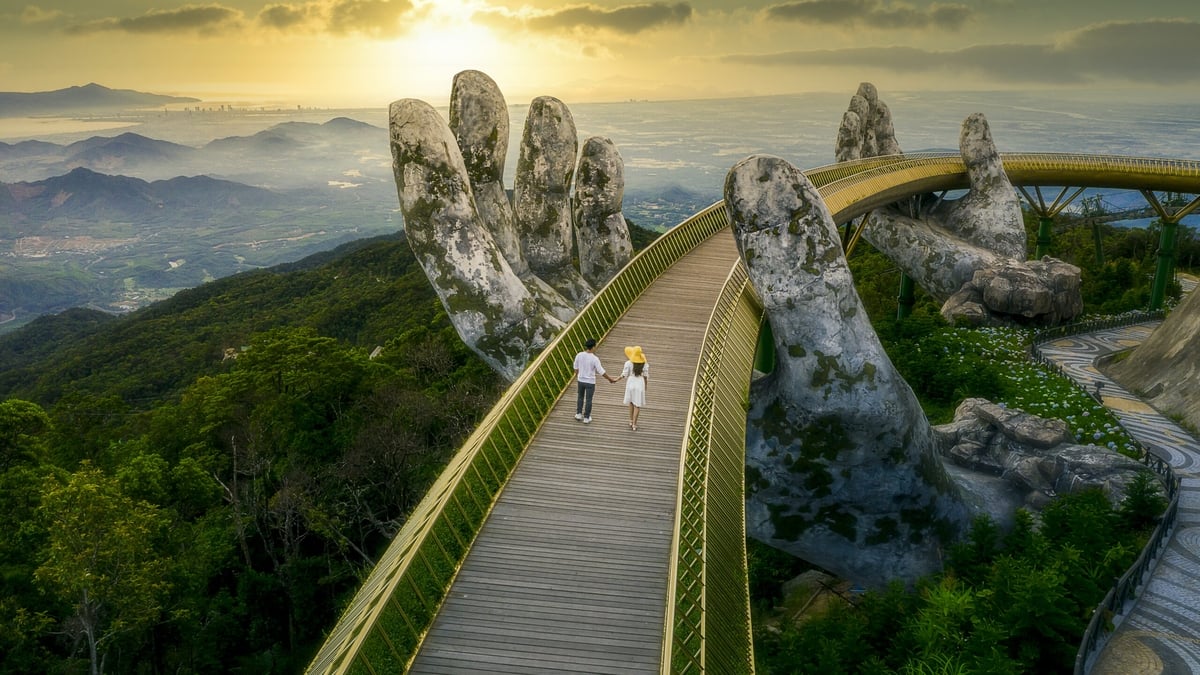
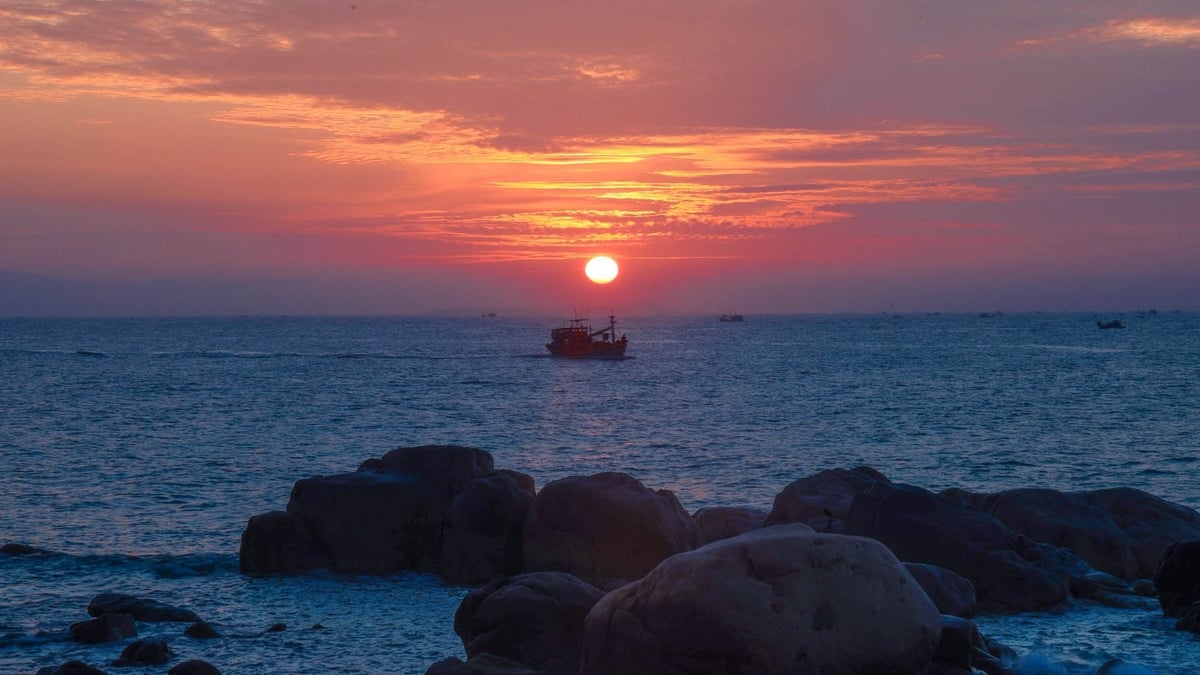
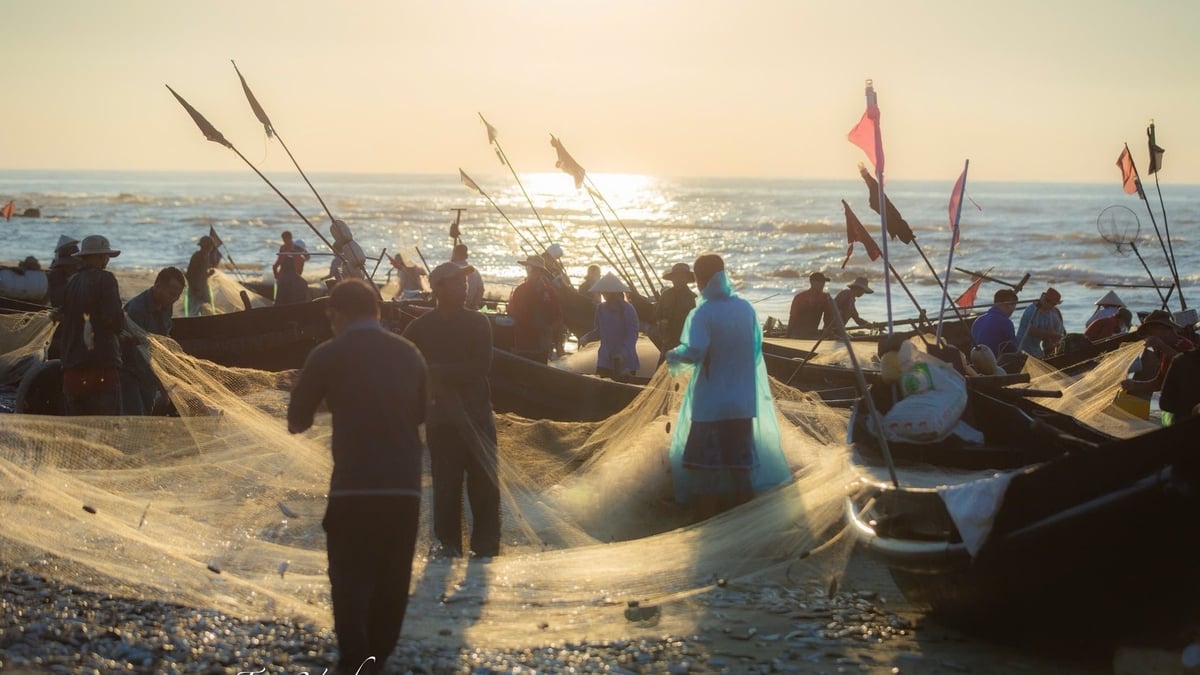
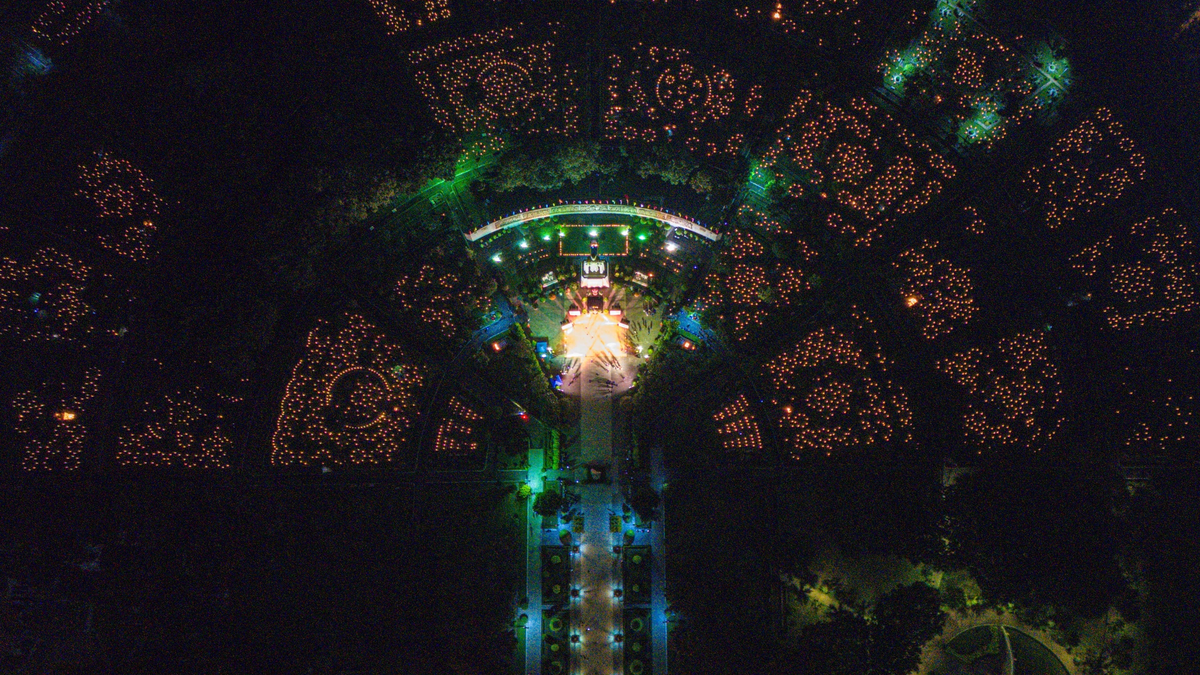


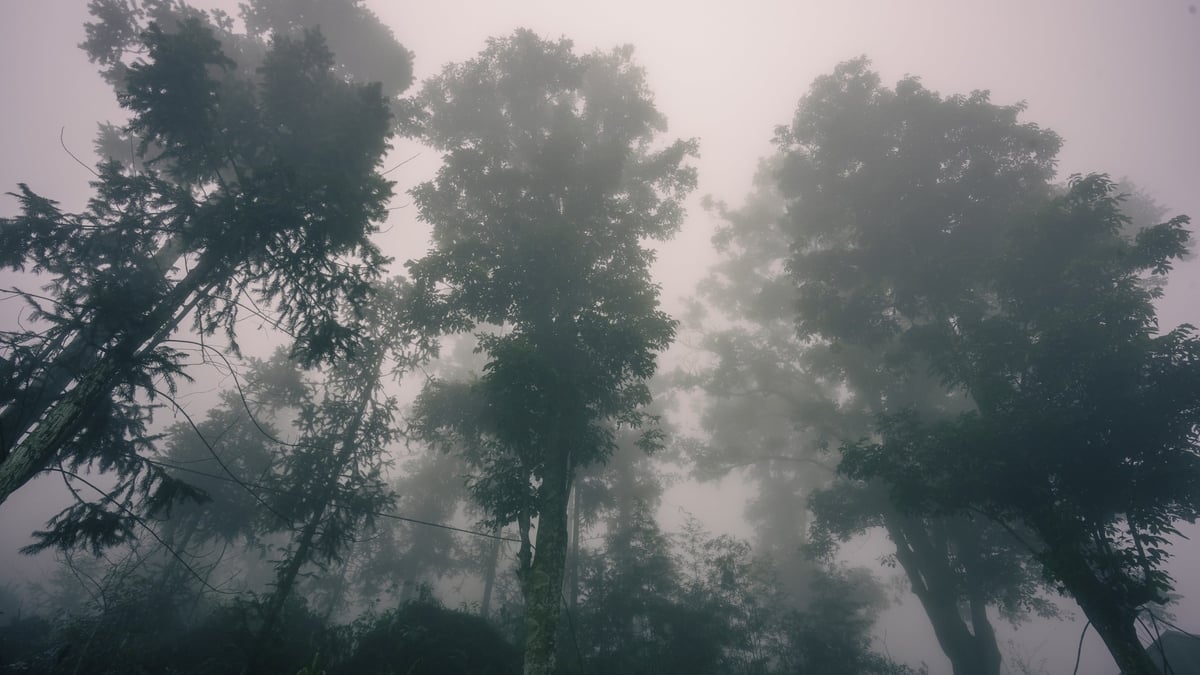

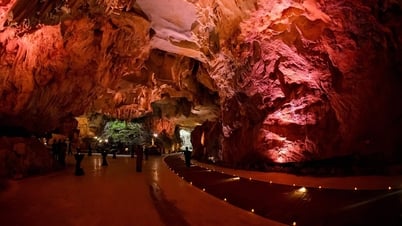





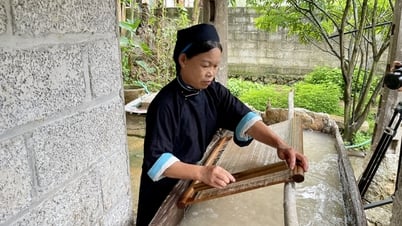

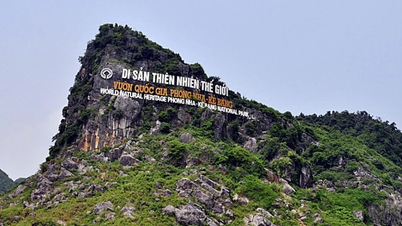





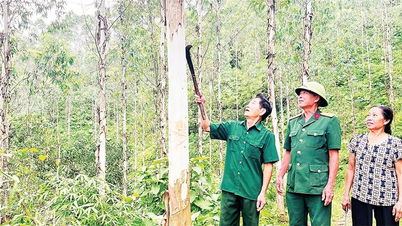















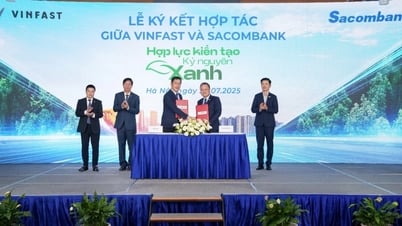









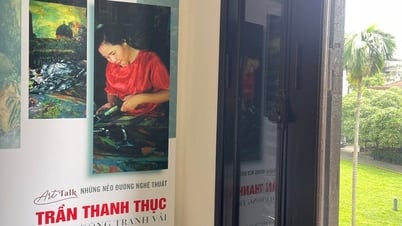


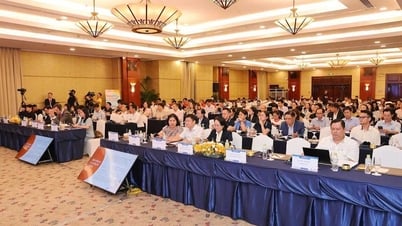

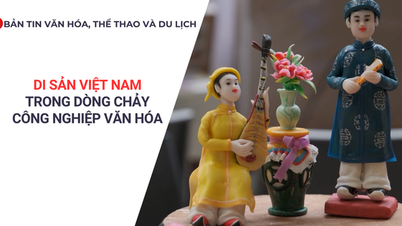























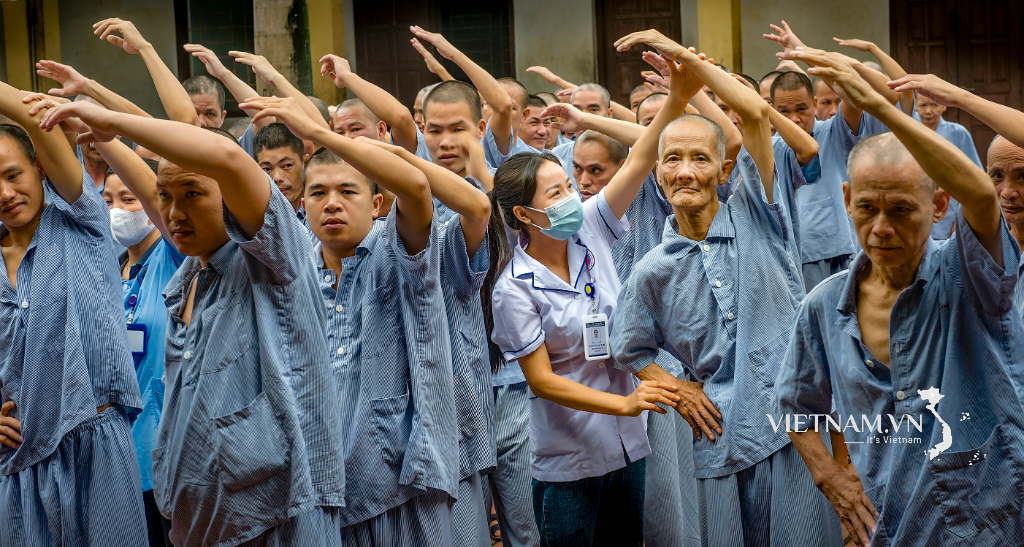
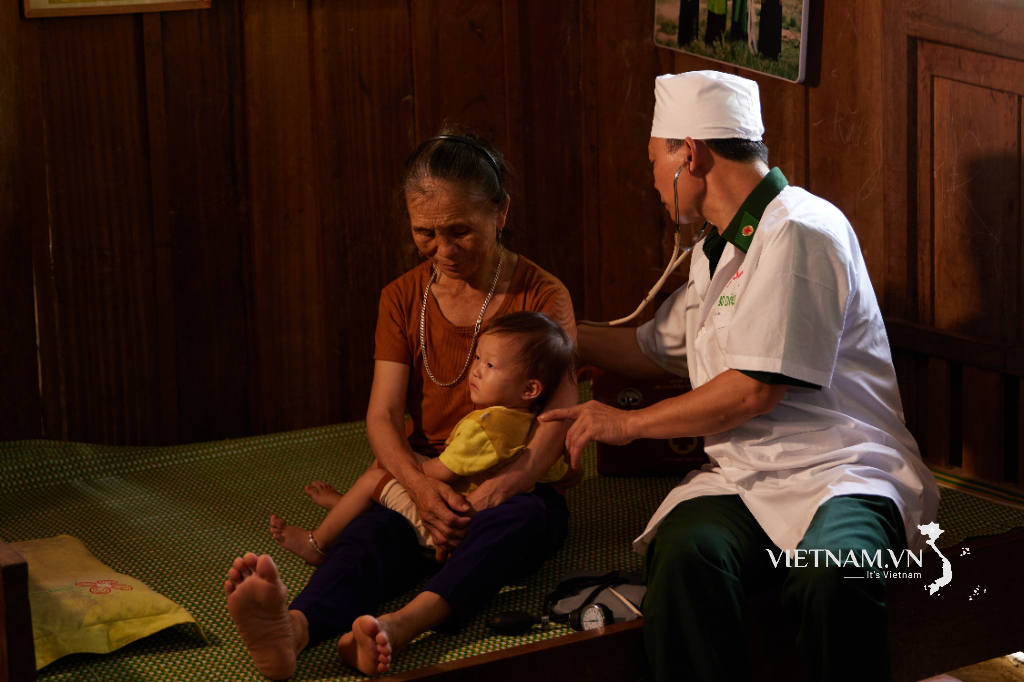


Comment (0)